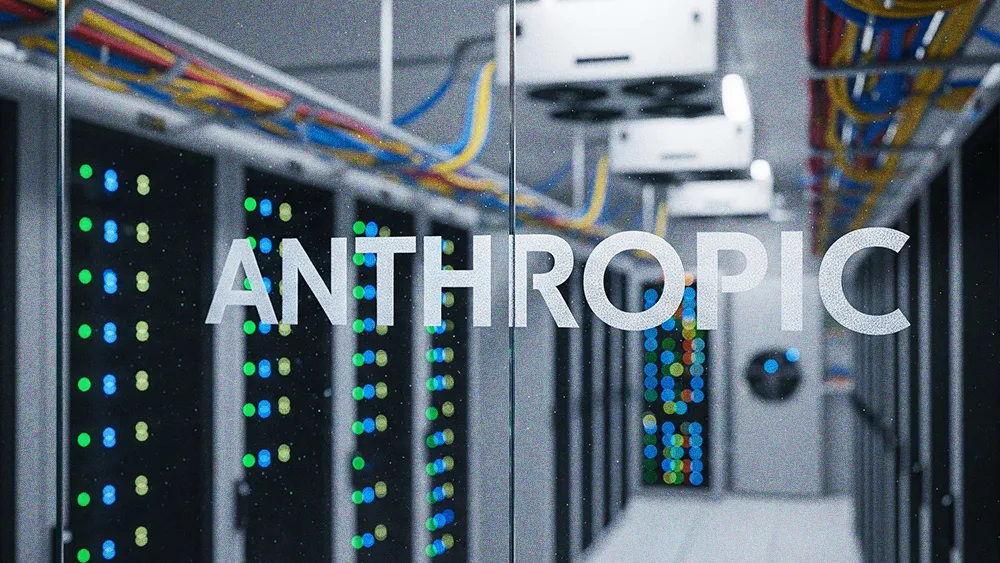
Key Points
- AI transformed enterprise operations by automating data analysis and compressing timelines, enhancing agility and strategic decision-making.
- Palanivel Rajan Mylsamy, Director of Engineering Program Management at Cisco, explained how using AI can help leaders predict and guide organizational change.
- Mylsamy outlined a customer-first approach that uses a structured innovation funnel to enable disciplined experimentation at scale for high-impact concepts.
The power of enterprise AI lies not in experimentation, but in the operational transformation. By integrating specialized agents, companies can anticipate challenges, accelerate initiatives, and provide leaders with actionable insights at scale. No longer a nice-to-have, AI is a lever for measurable impact, enabling faster, more informed decisions. Now, the biggest difference between organizations that succeed and those that fail will be how effectively they embed AI into the core of their operations and navigate change management.
For an expert's take, we spoke with Palanivel Rajan (PVR) Mylsamy, Director of Engineering Program Management at Cisco, whose work focuses on this precise approach. A Forbes Technology Council member with a change management background from Cornell University, Mylsamy leverages over two decades of experience with frameworks like Kotter’s to solve long-standing enterprise challenges.
"My primary entry criterion is the scale of customer impact. The number of end users a change will affect determines whether it’s an R&D pilot or a production-ready solution," Mylsamy said. Once a high-impact idea is identified, it undergoes a disciplined, multi-step validation process within a sandbox to evaluate its potential.
The real breakthrough lies in using AI to anticipate and guide organizational change, Mylsamy explained. "With AI, I can predict schedule impacts well in advance, avoiding the last-minute realization that a timeline will slip by months or go over budget." With enterprise executives often flooded with AI proposals, however, teams frequently struggle to separate genuine value from flashy capabilities.
The 80% rule: The best thing an enterprise team can do for new AI projects is to play with their effectiveness against specific performance benchmarks in a sandbox environment, Mylsamy said. "We sandbox any new agent to measure its efficacy. Once the outcome is close to 80%, we know it’s ready to be rolled out to customers." This structured approach balances experimentation with rigor, allowing teams to move promising ideas from pilot to production with more confidence.

But the structured validation process also raises an interesting question: How can leaders support promising projects that lack immediate or obvious ROI?
Breaking from Day-Zero ROI: Here, Mylsamy outlined a philosophical shift that creates a protected space for R&D where innovation isn't tied to short-term financial returns. "The moment we tie innovation to a specific outcome on day zero, we are failing as leaders to embrace the technological shifts coming our way," he explained. Rather than an immediate financial bet, innovation should be viewed as a strategic investment. By decoupling early experimentation from short-term ROI, organizations can cultivate ideas that may deliver outsized impact over time.
The innovation funnel: Framing the approach as an innovation funnel designed to guide disciplined experimentation, the goal is to experiment with many ideas, knowing the impact of a few successes will more than justify the effort. "We may try ten different POCs and not use all of them, but that process yields the two best frameworks to implement directly into our product," he says. This methodology balances exploration with focus, allowing teams to test multiple ideas while ensuring that the highest-impact concepts are scaled efficiently.
Mylsamy provided a concrete example of this philosophy in action, explaining that AI has replaced a slow, manual governance process for analyzing customer feedback with a much faster path to gaining insights. This efficiency gain brings the conversation back to Mylsamy’s primary argument that successful enterprise AI implementation directly correlates to effective change management. The result, he argued, is that what is often seen as the 'slow burn' of traditional enterprise transformation can be accelerated.
From manual review to one-click abstract: Beyond speed, this shift allows teams to identify trends, risks, and opportunities more consistently and at scale, freeing human resources to focus on strategic interpretation rather than data collection. "Just two years ago, reviewing customer feedback required a slow, manual governance process. Now, it’s one click. I feed the dataset into an AI framework, and the agent provides an abstract summary of the key insights," he explained. The result is not just faster reporting—it’s a smarter, more agile approach to understanding the customer experience and driving informed decisions.
Today, AI agents are fundamentally compressing the timeline for enterprise transformation, Mylsamy continued. "Earlier, a change program took 12–18 months. With agents, I’m confident we can achieve it in three to six months." By automating data analysis, predicting schedule impacts, and streamlining validation, AI enables organizations to move from months-long investigation phases to just weeks. Ultimately, the cultural shift required to embrace new tools is also the critical accelerant of change. Soon, he concluded, the future will belong to those who learn and adapt. "AI is not replacing the human element. Enterprise teams who fail are the ones who don’t leverage or learn the tools."
.svg)



.webp)

